Roof tiles may end up covered in dirt, moss, and algae as they age. Dirt, moss, and algae can accumulate on your roof tiles over time and cause structural damage to your roof. To preserve the structural condition of your roof and safeguard your home and belongings from all elements, it is critical to keep it clean and clean it regularly. There's one question that every homeowner will ask themselves at some time: How To Clean Roof Tiles?
It's a difficult question to answer because it depends on the sort of dirt or debris you're fighting, as well as the kind of roof tiles you have. However, in most situations, homeowners with typical concrete or slate roof tiles will be attempting to remove moss or algae growth.
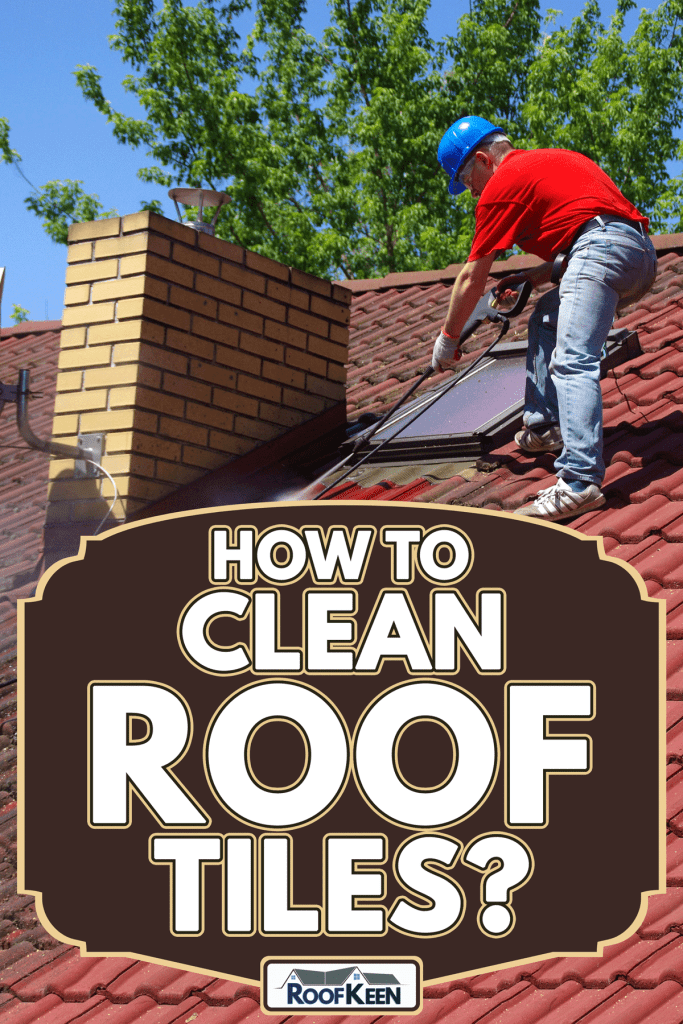
Why should you clean your roof tiles?
Moisture related issues
Roof moss, algae, and grime build up on roof tiles if they aren't cleaned. Roof moss is particularly prone to absorbing moisture, which causes the roof to weigh more and put it under strain and allow dampness into the attic space.
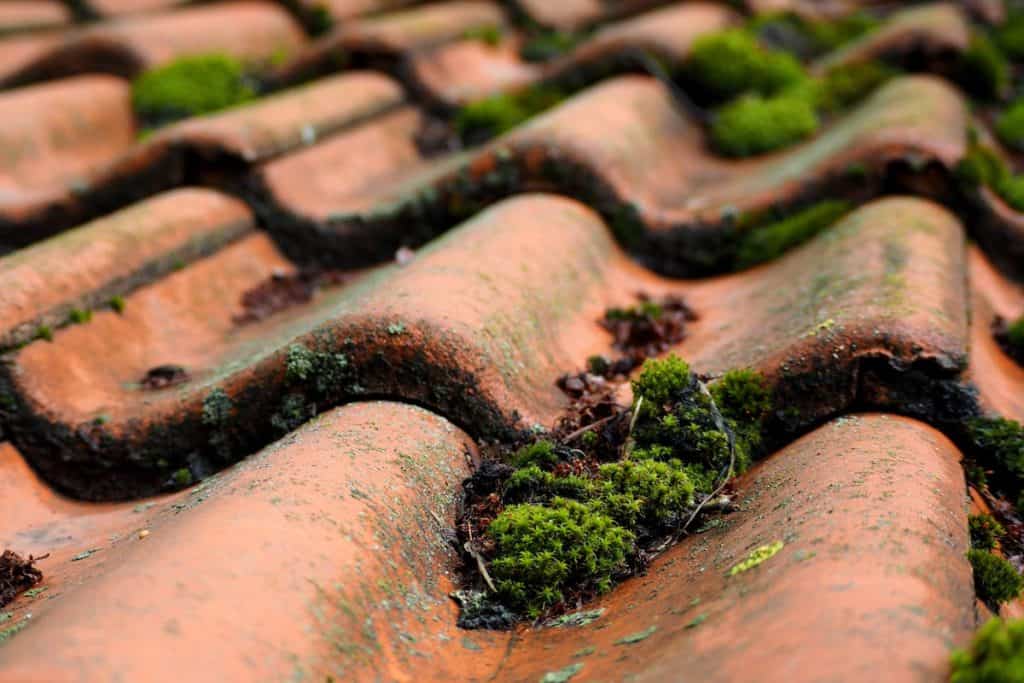
Because moss, dirt, and lichen function as barriers, keeping the tiles moist, roof tiles do not dry in the sun. Moisture can soak through into the roof if this happens. Roof leaks create steam in your home, leading to rotting of wooden rafters and long-term damage. Moisture can also cause cracks and fractures in your roof tiles.
Damage to structural bonds
Moss thrives in conditions that are similar to those found on limestone. Because it grows well on cement, it frequently grows on the connection between ridge tiles, apex tiles, and the roof structure. Increasing in these areas might cause severe damage by agitating and breaking bonds essential for the roof's structural integrity.
Overheating
As it covers the roof tiles, preventing heat from leaving the structure, moss, algae, and dirt accumulations on roof tiles can cause an overheating attic and roof area. Not only is this a lousy living or working environment, but it may also result in significant heating and cooling costs.
Blocked gutters
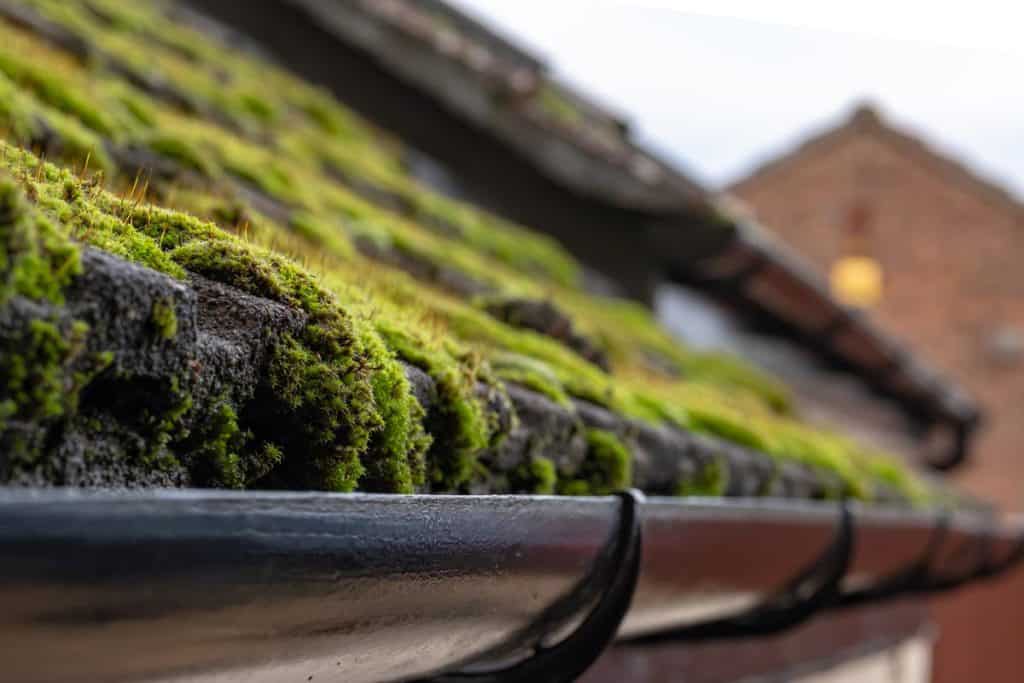
The presence of moss, algae, or dirt on your roof tiles might block the flow of water in your roofline drainage system. Roof tiles can accumulate moss and other materials, which might obstruct the gutters that run along the tiled roof and cause water to flow down the sides of the building, leaving unsightly stains as well as dampness inside the property's walls.
How to clean roof tiles
Get the proper safety equipment.
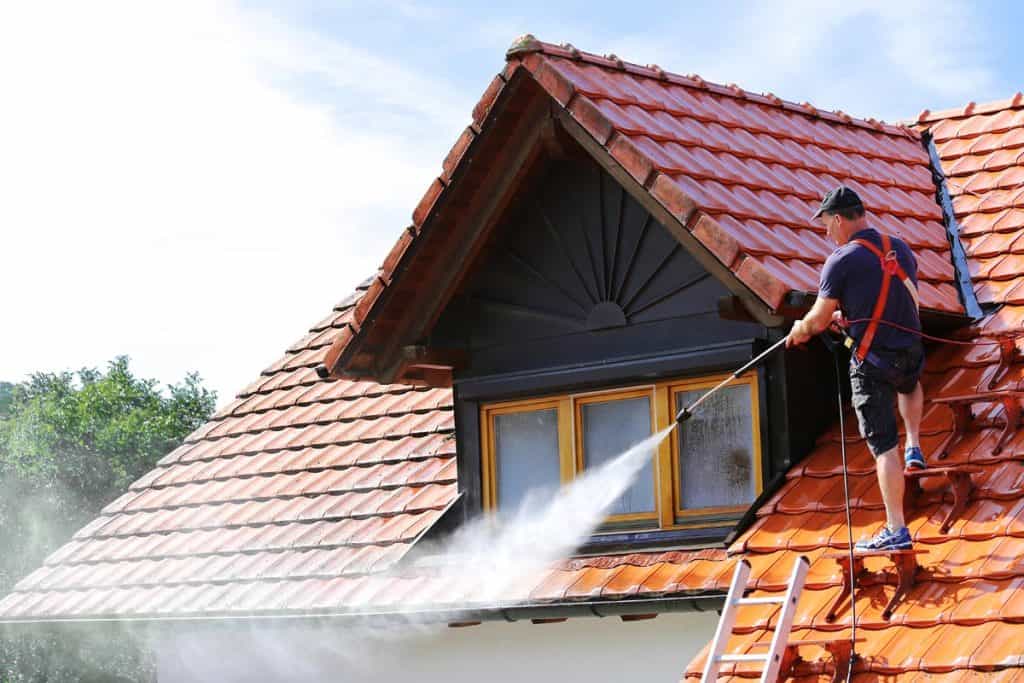
It's essential to leave the bones of your roof unbroken while cleaning it. To do so, you'll need the appropriate tools, including:
- While cleaning, be sure to wear non-slip shoes with good traction so that you can tread carefully (no rubber thongs, please)
- A sturdy ladder for going on the roof is supplied.
- A roof-mounting safety harness that attaches to a secure anchor point
It's better not to cut corners when it comes to safety.
When the job begins, you'll discover that equipment must be frequently dug up from the ground, adding extra time and work to the project. If you have a coworker who can hand you the things you require when you need them, it will save you a lot of time. They'll have a better perspective of the roof and assist you in cleaning.
Check thoroughly for faults.
A pressure washer is one of the most efficient methods to clean a roof since it creates a lot of water that may seep into your home. Examine the roof for cracked or broken tiles, missing roof flashings, cracked window edges or siding, damaged caulk, sarking that is cracked or broken, and whether the roof ridge is adequately intact before starting up the washer. Water will flow into your home and cause mold, stains, foul odors, and a tempting dinner invitation for termites if you don't examine each light on the roof.
Use a pressure washer.
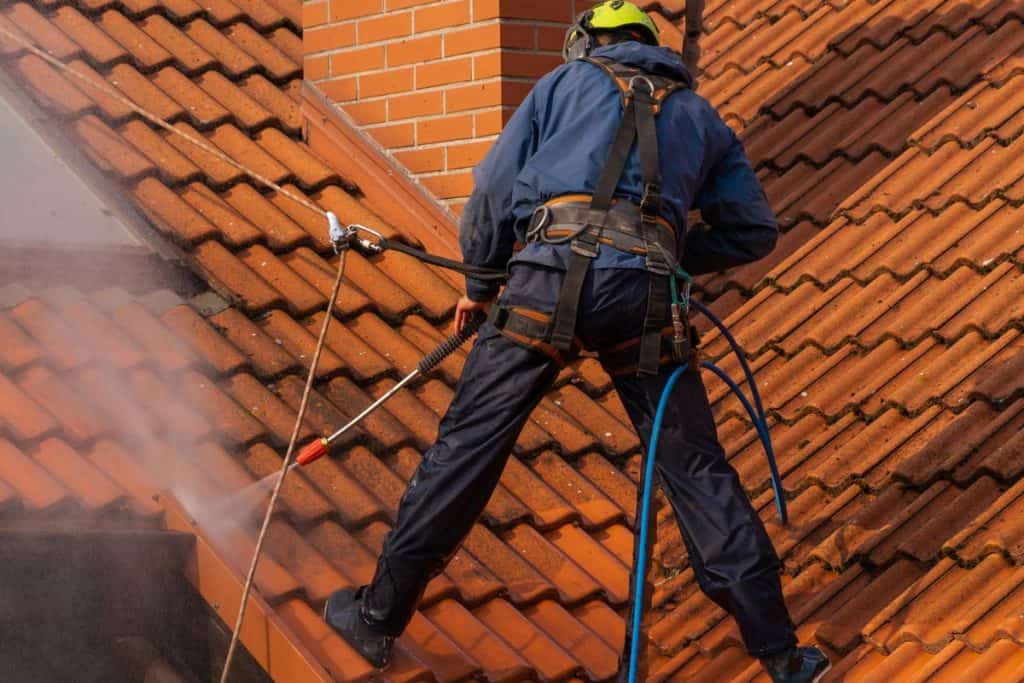
It's easy enough to clean each tile with a rag manually, but using a pressure washer to generate a high-pressure water stream that will blast your roof tiles clean will save you time.
No special chemicals or services are necessary when cleaning your roof tiles with a pressure washer. All you'll need is water: no roof tile cleaning chemicals or treatments are required for this step. You'll need to test around with the washer's settings to discover what pressure works best for you. Allow enough space so you can see that the tiles are being cleaned, but not so much as to cause fractures in the tiles or leaks, no matter how clean the roof is. A professional roof cleaner will know how much pressure to use to get the best results.
Put your feet on the sturdier area between each tile when walking across the roof to minimize slipping. Don't expect good grip from large swaths of moss or plant life.
To ensure that you're always standing on a dry patch of roof, start at the top left corner, work your way down to the bottom in a narrow strip, and repeat the process until you've covered the whole roof. If the pressure washer isn't removing stubborn moss or other plants, you'll need to use an anti-moss solution.
Using a trowel or stiff brush
Scraping moss, algae, and dirt off roof tiles by hand is labor-intensive yet straightforward. Scrape the moss and debris off the tiles using a tool such as a shovel. The drier the day, the better since the moss and other materials will not adhere to the tiles with wetness. Alternatively, use a firm brush to remove dirt from your roof tiles; both techniques are an effective and quick way to clean your roofing tiles.
Apply anti-moss spray
An anti-moss treatment (or fungicide) will persuade stubborn plant life that wants nothing more than to stay attached to your roof otherwise. The treatment is put in your pressure washer and then sprayed over the top, as before, to ensure that the roof is completely dry before you start. You may wish to wear rubber gloves to avoid the solvents from coming into contact with your skin for this step.
If you have a rainwater tank, it's a good idea to divert the pipe for a while so that it doesn't become contaminated. Similarly, if guttering pipes flow into your garden's green spaces, you'll want to redirect them to preserve your prized plant life.
Allow a few minutes for the anti-moss spray to settle in, and rinse it off again with clean water after you've finished applying it to the entire roof. You should notice that stubborn plant life has become obedient, washing away much more quickly than before.
Roof cleaning is essential to keep your roof looking nice and extend its life span. Taking on the job yourself may be difficult and hazardous, so there are roof cleaners on call that have the tools and expertise necessary for the task. Roof cleaning services range from $38 to $80 per hour, depending on the material of your roof, the complexity involved in the job, and its geographic location. While you can certainly do it yourself, you'll need to take every precaution possible to safeguard yourself.
